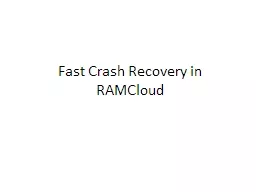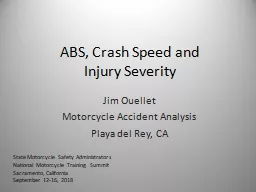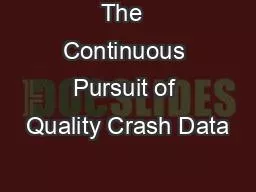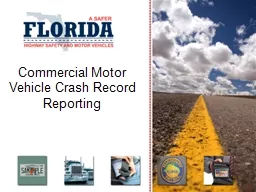PPT-Fast Crash Recovery in
Author : calandra-battersby | Published Date : 2017-04-05
RAMCloud Motivation The role of DRAM has been increasing Facebook used 150TB of DRAM For 200TB of disk storage However there are limitations DRAM is typically used
Presentation Embed Code
Download Presentation
Download Presentation The PPT/PDF document "Fast Crash Recovery in" is the property of its rightful owner. Permission is granted to download and print the materials on this website for personal, non-commercial use only, and to display it on your personal computer provided you do not modify the materials and that you retain all copyright notices contained in the materials. By downloading content from our website, you accept the terms of this agreement.
Fast Crash Recovery in: Transcript
Download Rules Of Document
"Fast Crash Recovery in"The content belongs to its owner. You may download and print it for personal use, without modification, and keep all copyright notices. By downloading, you agree to these terms.
Related Documents














